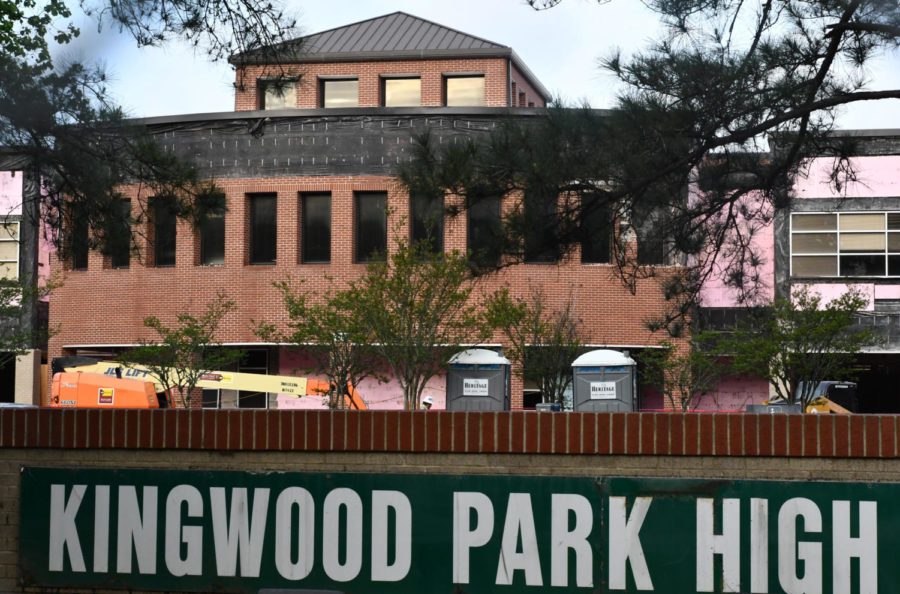Three years after the shutdown, COVID’s impact lingers
While school has not had COVID restrictions for quite awhile, the impact of it remains on staff and students.
March 31, 2023
Three years after COVID, the threat of the pandemic has gone down, but fear, stress and anxiety remain. While the lockdown caused stress for most people, teens were not immune even as the country has returned to its new normal. Recent studies show 47 percent of teens reported they persistently felt sad or hopeless during the past year.
Studies have been conducted over the past few years comparing the brains of people before and after COVID. A study conducted by Stanford showed teens’ brains aged faster than is common during this time, which has caused an increase in anxiety and depression in youth.
“I feel like there’s a lot more people that have become uncomfortable in this group situation,” at-risk counselor Gina Sanchez said. “So you have students who’d rather stay virtual or not come to school because of that ease of not having to make connections in interactions.”
During the time, students and staff members also lost loved ones to COVID or dealt with the illness themselves. Some students have remained virtual students since March of 2020. Others returned to school for the first time this year. And a few still wear masks daily.
Sophomore Harper Toth still wears a mask to school every day for the safety of her mother and grandparents who have a high risk of having severe health complications if they were to catch the virus.
“I had to be very careful about, like, how much I went out because of the high risk people in my life,” Toth said. “And I’ve gotten it twice now, so it’s made me aware of the people I come in contact with because I saw risk to them and also the people who come in contact with me because they were at risk to me.”
Toth’s awareness and emphasis on safety has caused her more problems when returning to school after lockdown. She notices people are different around her in rare moments she takes her mask off to eat during flex or in dance class sometimes.
“A lot of people are shocked when they see me without a mask, and it makes me feel uncomfortable,” Toth said. “It kind of becomes a social barrier because people seem more hesitant to talk to me [when I’m not wearing it.]”
The social lives of teens also shifted drastically after the pandemic. The loss of socializing in teens’ lives caused large gaps in their social skills and connections.
“It was harmful,” Sanchez said. “I think that some families put a lot of fear in COVID, which was real. But I think that after about a year, the people who didn’t come out and do things again became more fearful of going out.”
That has in turn caused shifts in how students react to situations in school and outside of it.
“It’s like most people will stay in their small group and not venture out because they’re not comfortable,” Sanchez said. “So I feel like we lost those two years. So like a freshman right now, I would say they’re still kind of in the seventh grade mentality.”










